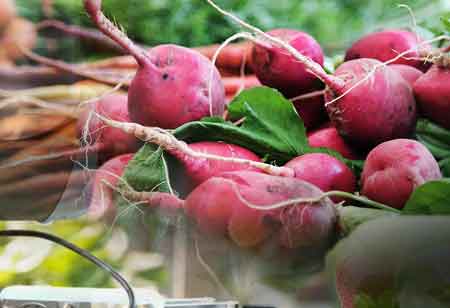THANK YOU FOR SUBSCRIBING
Be first to read the latest tech news, Industry Leader's Insights, and CIO interviews of medium and large enterprises exclusively from Food and Beverage Tech Review
Delivery Robots: Going Green Means Going Reliable
Automated delivery robots (ADRs) are eco-friendly and focused on reducing carbon emissions and congestion. Their green benefits enhance their appeal as online food delivery demand grows.

By
Food and Beverages Tech Review | Monday, January 20, 2025
Stay ahead of the industry with exclusive feature stories on the top companies, expert insights and the latest news delivered straight to your inbox. Subscribe today.
Automated delivery robots (ADRs) are eco-friendly and focused on reducing carbon emissions and congestion. Their green benefits enhance their appeal as online food delivery demand grows.
FREMONT, CA: According to a study conducted by Washington State University, customers are more inclined to buy food from automatic delivery robots (ADRs) because of their lower carbon footprint or wheelprint. However, the green influence vanished when individuals saw the robots as a high-risk option, meaning they were concerned that their meals might arrive late, cold or otherwise spoiled.
The functionality and convenience of these ADRs have received considerable marketing attention, which is crucial, but it would also strengthen these efforts to promote their green aspects.
On the other hand, Amazon’s crowdsourcing platform recruited 418 adults to participate in an online survey regarding delivery robots. Over half came from cities and many were already familiar with delivery robots, which are becoming increasingly common in large cities. After watching brief films about ADRs, the participants responded to questions regarding carbon emissions and the robots themselves.
The researchers discovered a strong relationship between the readiness to use ADRs and highly ranking remarks about carbon emissions. However, that connection collapsed among those who believed that employing the technology was dangerous. Those who felt risky about using the ADRs were less concerned with environmental issues, but those who felt less risky were more committed to this decision-making process. Therefore, it was obvious that these crucial functional elements needed to function.
Online food ordering has increased by 63 percent since the epidemic, putting more gas-powered vehicles on the road to deliver the food, which raises traffic and carbon emissions. Many electric delivery robots can move on streets and sidewalks; solar or other renewable energy sources power some. Using ADR can save carbon emissions by 16 percent and congestion by 29 percent.
More food service companies are using ADRs for so-called last-mile delivery. While some businesses, like Domino’s, already have fleets of delivery vehicles, smaller eateries are also using them through firms like Starship Technologies.
Modern businesses are drawn to ADRs because they satisfy the increasing demand for delivery services, but customers find their capacity to reduce carbon emissions a strong incentive.
With food service delivery, businesses demonstrate to customers that they are cutting their carbon footprint from each delivery mode to emphasize the delivery robots' green credentials.
I agree We use cookies on this website to enhance your user experience. By clicking any link on this page you are giving your consent for us to set cookies. More info







